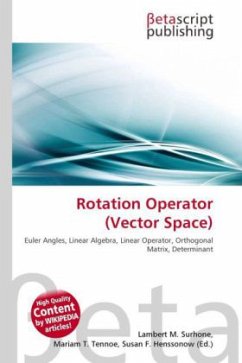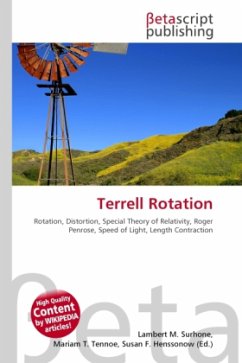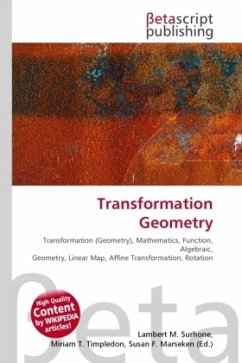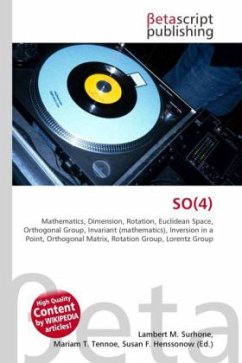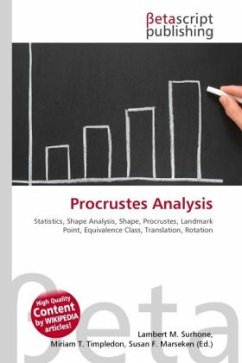Please note that the content of this book primarily consists of articles available from Wikipedia or other free sources online. In mathematics, the rotation number is an invariant of homeomorphisms of the circle. It was first defined by Henri Poincaré in 1885, in relation to the precession of the perihelion of a planetary orbit. Poincaré later proved a theorem characterizing the existence of periodic orbits in terms of rationality of the rotation number. The rotation number is invariant under topological conjugacy, and even topological semiconjugacy: if f and g are two homeomorphisms of the circle and hcirc f = gcirc h for a continuous map h of the circle into itself (not necessarily homeomorphic) then f and g have the same rotation numbers. It was used by Poincaré and Arnaud Denjoy for topological classification of homeomorphisms of the circle. There are two distinct possibilities.


